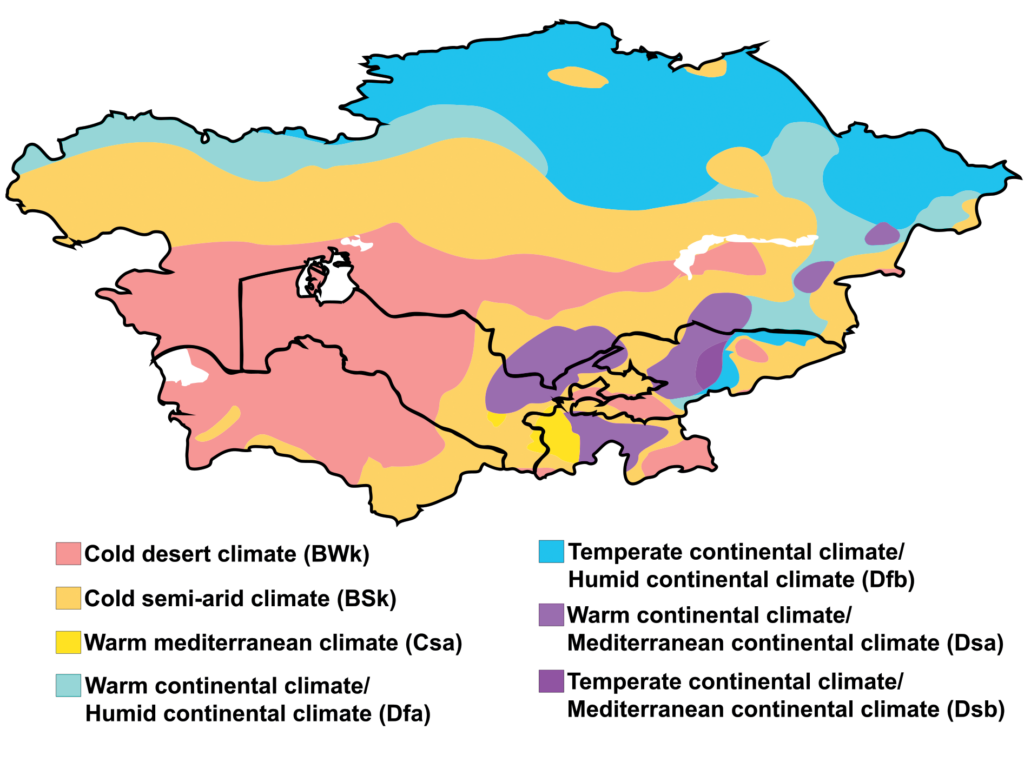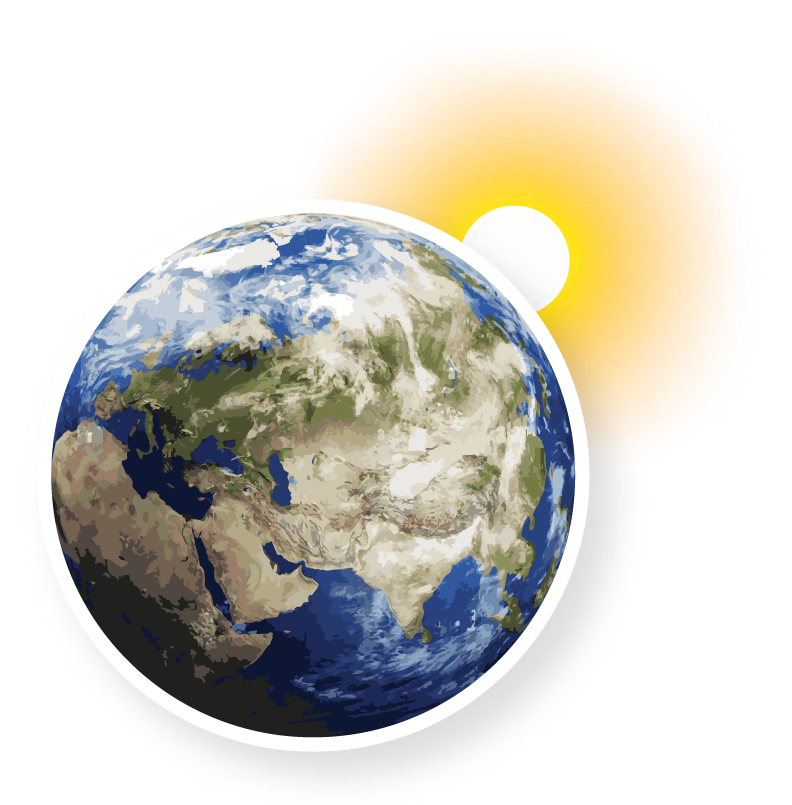People often complain about the weather, but they hardly ever complain about the climate. For example: “October extinguished itself in a rush of howling winds and driving rain and November arrived, cold as frozen iron, with hard frosts every morning and icy drafts that bit at exposed hands and faces.” (J.K. Rowling, Harry Potter and the Order of the Phoenix). Writers and poets don’t write about the climate. And it’s easy to understand why. You can see the weather just by looking out of the window. We must deal with the weather every day. But the climate is something much harder to grasp. Yet, everyone – from scientists to politicians and businesspeople – talks about how the climate is changing.
When you get back from a holiday with your parents somewhere far from home, the first thing people want to know is how the weather was. But when you recommend the same place to friends for a holiday, you will probably tell them: “The climate there is very good.” So, what is the difference between weather and climate?
WEATHER
is the state of the atmosphere at a particular place at a particular time or for a limited period (for example, a day or a month).
The weather is the momentary state of what we call ‘meteorological elements’, things that we hear about every night on the TV weather forecast: temperature, humidity, atmospheric pressure, cloud cover, etc. When it turns cold for a week in the summer and rains so hard that you don’t even want to poke your nose out of doors, that’s bad weather.
CLIMATE
is the average state of the weather at a particular place over a long period (several decades).
For example: summers are hot and dry, while winters are cool and wet with very rare snowfalls. That is a brief description of the Mediterranean climate. As the proverb says: ‘Climate is what we expect, weather is what we get’. You can’t see the climate just by looking out of the window!
The main features of climate are:
air temperature and its changes depending on the season;
the amount and the time of precipitation (rain and snow) during the year;
how air masses move;
prevailing and other winds.
Figure 1.1.1 Example of a climate map of Central Asia (by W. Köppen)

AIR MASS
is a large piece of the atmosphere with roughly the same air temperature, pressure, and quantities of water vapour throughout.
The observation, study and forecasting of the weather is the subject of a branch of atmospheric sciences, called meteorology. Climatology is another branch of atmospheric sciences concerned with the description of the climate, the analysis of the causes of climatic differences and changes and their practical consequences.
People who live in Ireland say jokingly, “Ireland has a wonderful climate, but it’s spoilt by the weather.” Ireland is a country on a large island off the coast of Western Europe. Its weather is very changeable, but winters are mild, and the grass is green all year round. Because of this, Ireland is often called the ‘Emerald Isle’.



